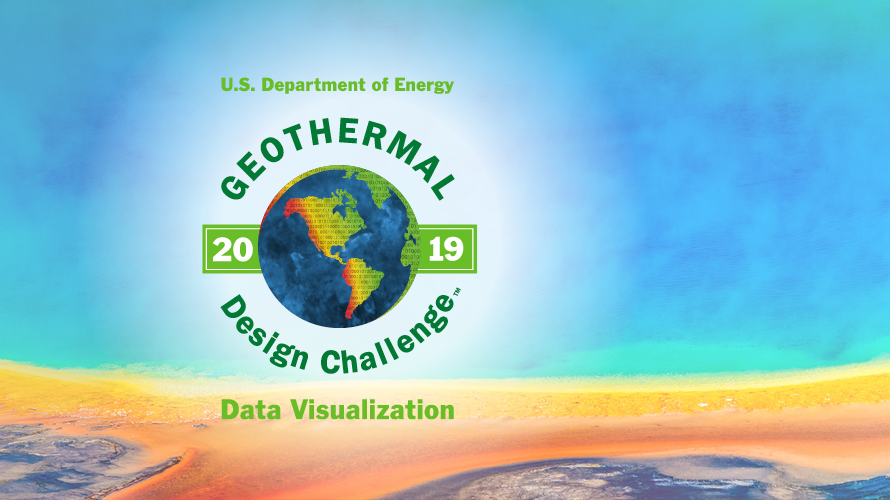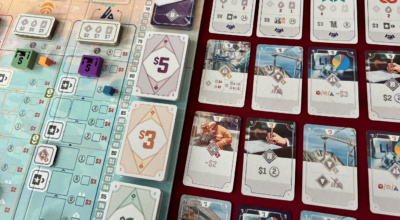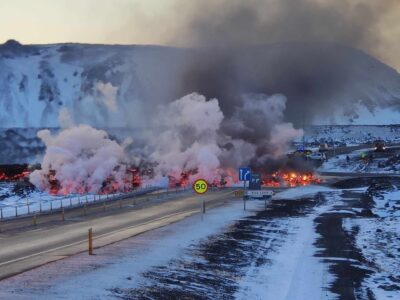Winning teams announced in Student Geothermal Design Challenge
The US DOE has announced the winning teams for this year's Geothermal Design Challenge, which enjoins high school and university students to explore the world of geothermal energy through data visualization.
The winning teams of the 2019 Geothermal Design Challenge have been announced. This event, held by the US Department of Energy (DOE) Geothermal Technologies Office (GTO) with the Frontier Observatory for Research in Geothermal Technology (FORGE) and the Idaho National Laboratory (INL), has invited teams composed of both high school and university students to explore and visualize the world of geothermal energy.
Each team was composed of 2 or 3 members who each contributed to creating a data visualization portfolio that was relevant to geothermal energy exploration and production. The winning teams are as follows:
First place winner: DePaul University / Georgia Institute of Technology “EGS Site Selection Using GIS and Machine Learning”
The winning team, comprised of data science students with backgrounds in geographic information system (GIS), submitted data visualizations targeting an audience unfamiliar with EGS and machine learning. Their final portfolio suitability map and proposed well location was well designed, and based upon robust analyses using Python and ESRI’s ArcMap, ArcScene and strong understanding of the FORGE data.
Second place winner: Colorado School of Mines “Open-Source Approach to 3-D Communication”
The runner-up team created a suite of open-source Python packages, enabling available datasets to be incrementally integrated into a 3D scene. Tools used include The Open Mining Format, ParaView, SGeMS, and SimPEG, along with additional tools made by the team itself. 3D visualizations such as this submission could enable researchers and scientists to rapidly explore data, communicate findings, and facilitate the reproducibility of results.
Third place winner: Stanford University “Want to Explore FORGE Data?”
The Stanford team’s submission is geared toward an audience with little knowledge of geothermal, and therefore lays out the basic concepts of geothermal exploration and well siting using lithology and subsurface temperatures. The visualization portfolio was created in Tableau, and can be easily integrated into a classroom curriculum.
For more details on the winning entries, please see link below.
Source: Utah Forge, Official DOE announcement (April 30, 2019)


















